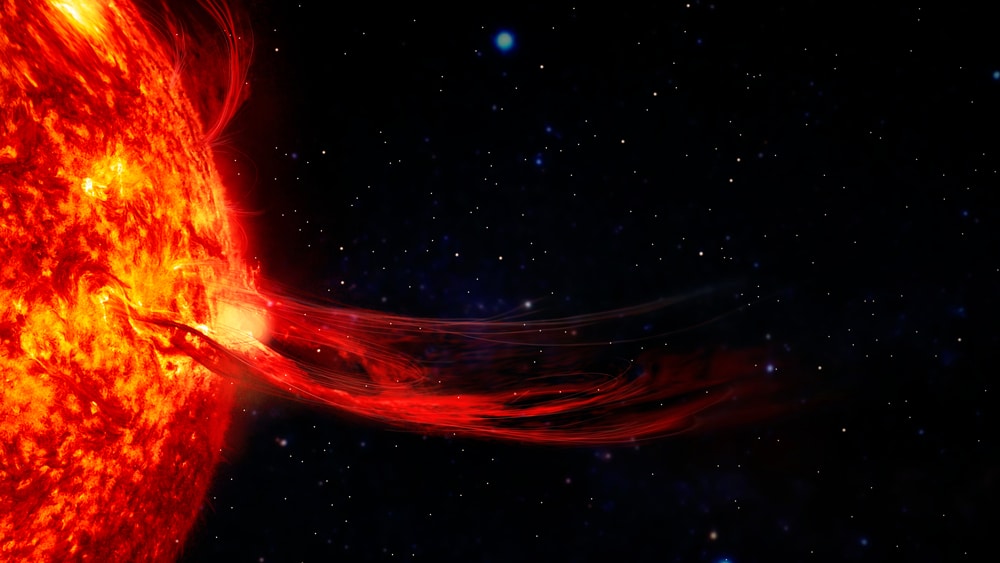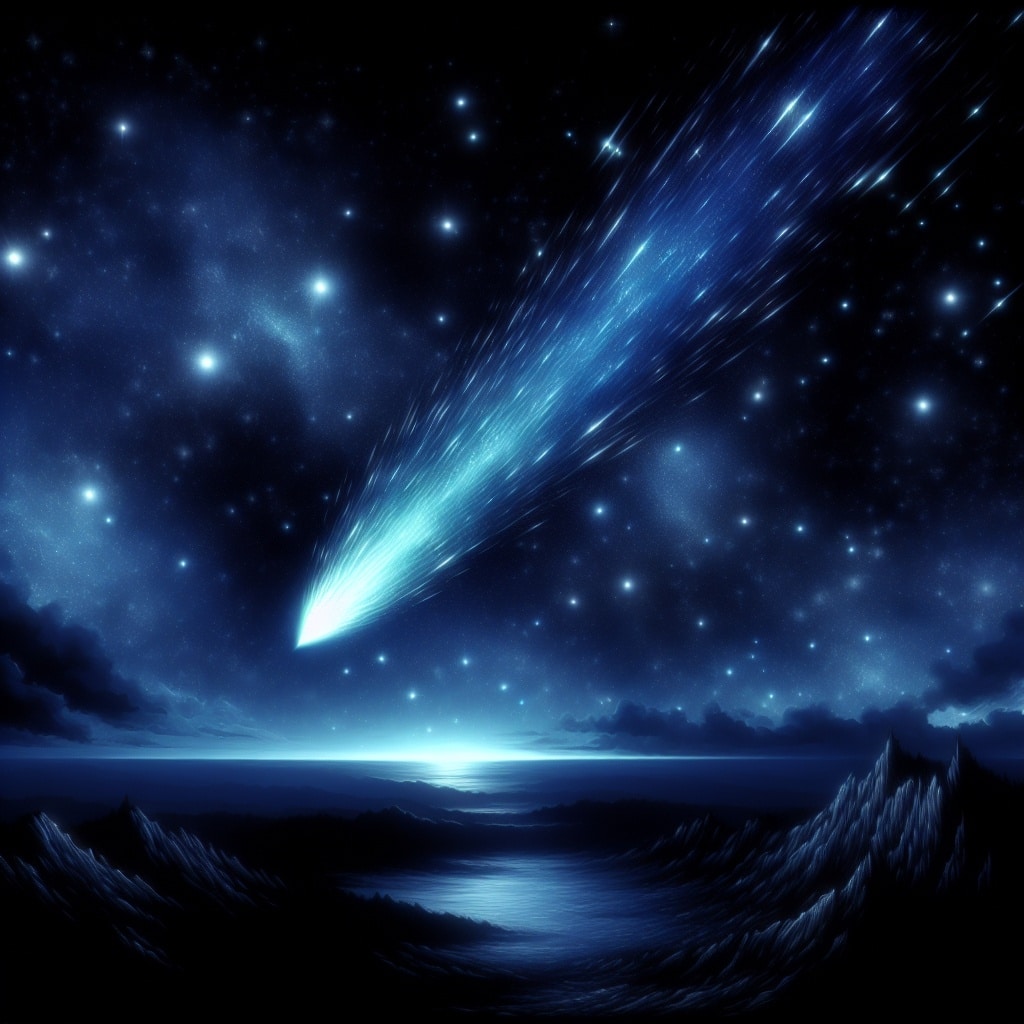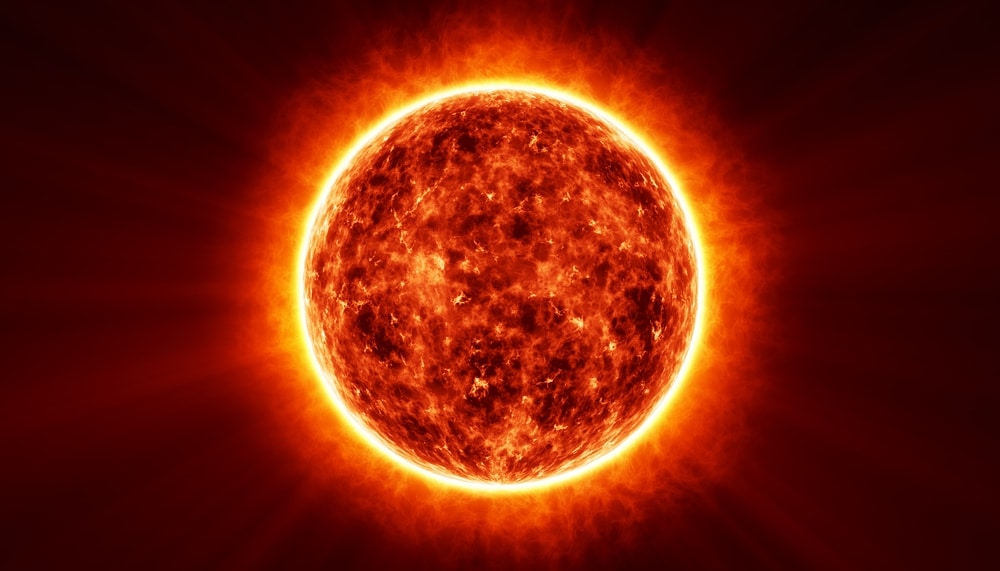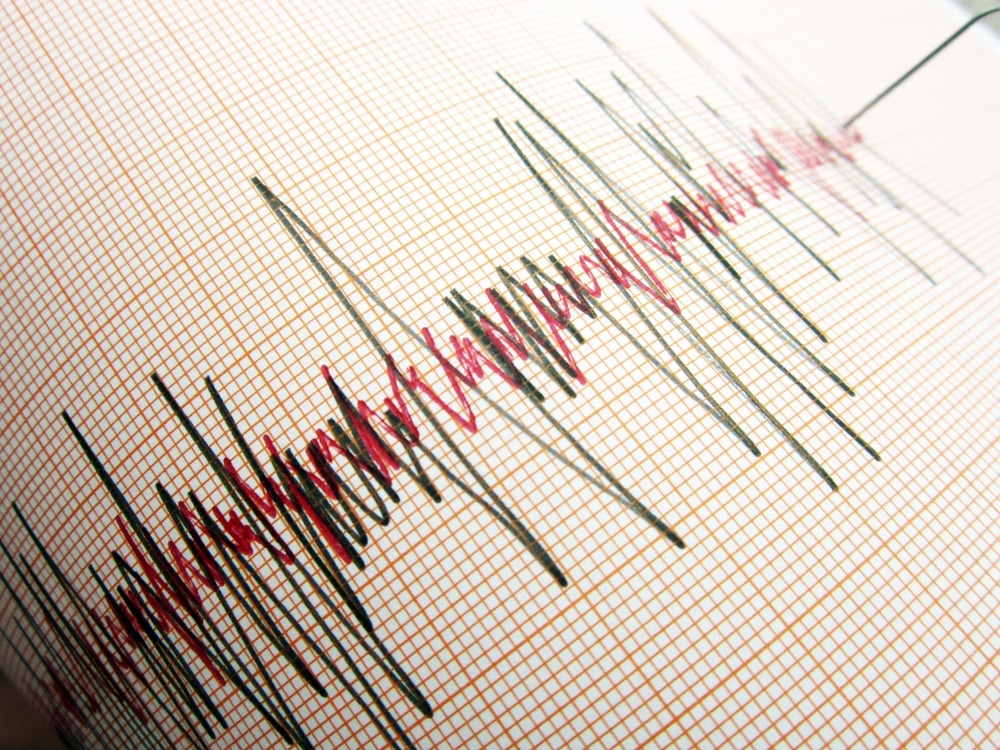A severe G4 geomagnetic storm could emerge on Friday, triggering NOAA officials’ first watch for a storm of this magnitude in nearly 20 years. The watch comes after days of solar activity that seemingly sent several plasma and magnetic fields explosions toward Earth.
G4s are the second-strongest form of geomagnetic storms and are known to cause widespread voltage control problems potentially. According to NOAA, they can also cause some protective systems to “trip out key assets from the grid,” as well as orientation issues for spacecraft. Aurora borealis, otherwise known as the Northern Lights, can be seen as far south as Alabama and in northern California as well.
“If geomagnetic storms were hurricanes, ‘severe’ would be category 4,” SpaceWeather.com says.
In a press release on Thursday, NOAA said the most recent series of solar events started on May 8, when a large cluster of sunspots produced “several moderate to strong solar flares.”
Solar flares are bursts of radiation known to be the solar system’s largest explosive events, according to NASA. The area where the recent flares occurred is 16 times the diameter of Earth, NOAA said, and more solar activity is expected.
That sunspot is so big you may be able to see it with your own eyes – with your solar eclipse glasses. The spot is known as AR3664. According to Space.com, it measures about 124,000 miles across and is one of the “largest and most active sunspots seen this solar cycle.”
There has also been a series of coronal mass ejections (CMEs), which are explosions of plasma and magnetic fields that come out of the sun’s corona, the outermost part of the sun’s atmosphere. At least five CMEs appear directed toward Earth and could arrive as early as midday on Friday and persist through Sunday, the agency said.















